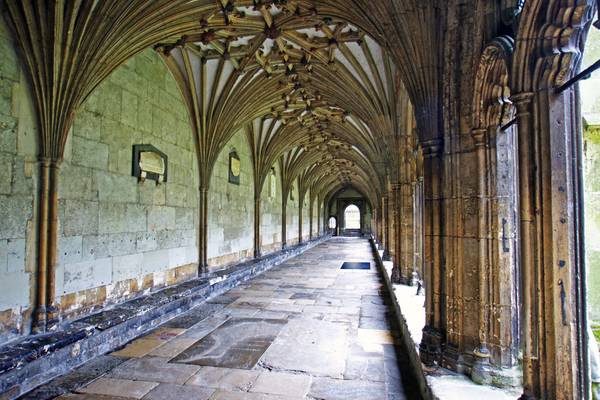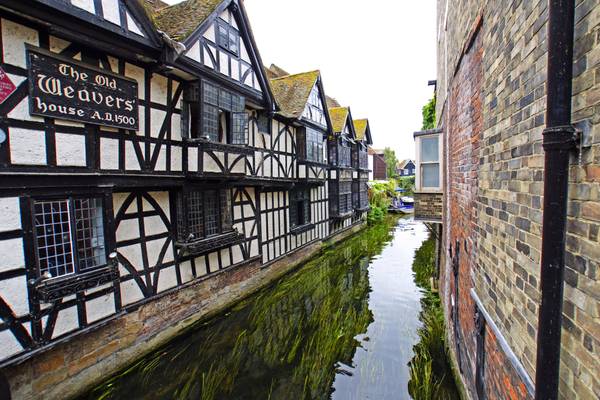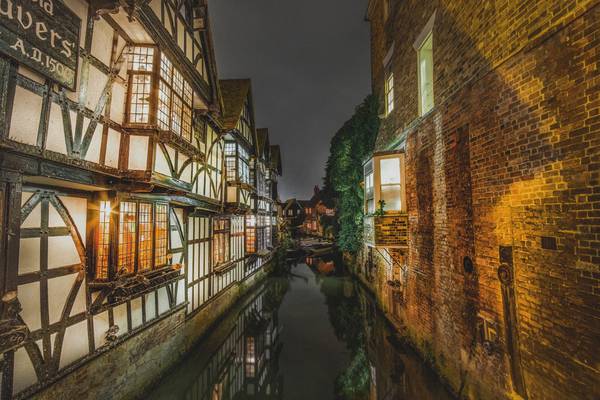
Canterbury
Canterbury, located in the southeast of England, is a historic city that is known for its stunning architecture, rich cultural heritage, and picturesque landscapes. The city is home to several iconic landmarks, including the Canterbury Cathedral, St. Augustine's Abbey, and the Canterbury Roman Museum. Canterbury is also a popular destination for photographers, as it offers a plethora of stunning photography locations. From the charming cobbled streets of the old town to the lush greenery of the Westgate Gardens, there is no shortage of beautiful spots to capture the essence of this charming city.

by Zoltan Tasi
The Old Weavers House takes its name from the influx of Flemish and Huguenot weavers who settled in the area after fleeing from religious persecution during the 16th and 17th centuries. Elizabeth I granted the Flemish weavers the right to establish their businesses in Canterbury, and they are known to have used this and other similar buildings nearby.
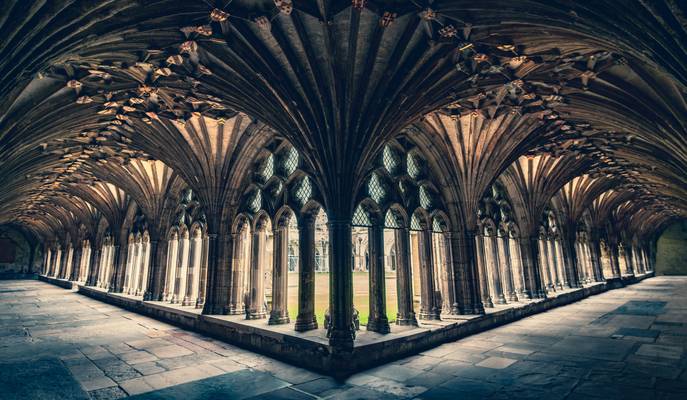
by Zoltan Tasi
Founded in 597, the cathedral was completely rebuilt between 1070 and 1077. The east end was greatly enlarged at the beginning of the 12th century, and largely rebuilt in the Gothic style following a fire in 1174, with significant eastward extensions to accommodate the flow of pilgrims visiting the shrine of Thomas Becket, the archbishop who was murdered in the cathedral in 1170. The Norman nave and transepts survived until the late 14th century, when they were demolished to make way for the present structures.
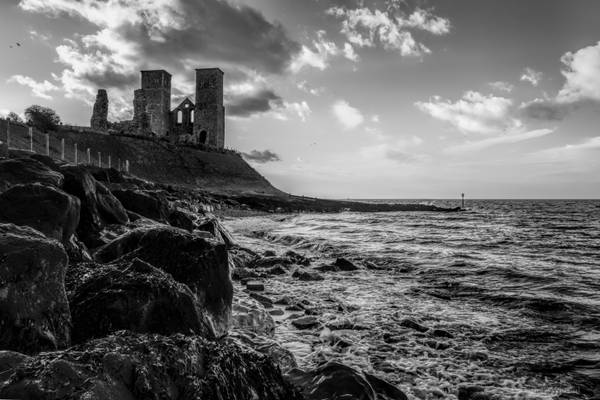
This was the site of one of the earliest Roman forts in Britain in 43AD built to protect against Saxon Raids. It later became the site of an...
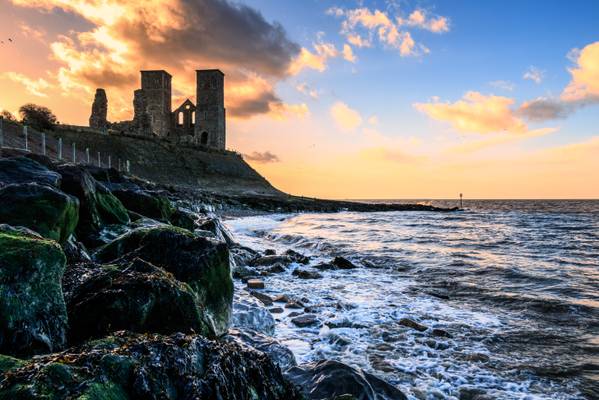
Nearing the end of a beautiful winter’s day in the historic bay of Reculver, England. The remains of a 12th century church sits atop the coastline.
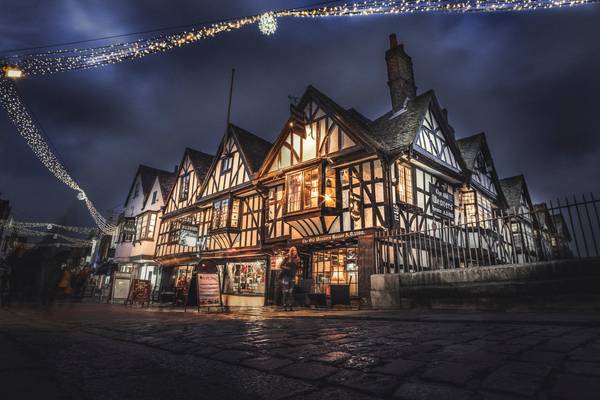
by Zoltan Tasi
The Old Weavers House takes its name from the influx of Flemish and Huguenot weavers who settled in the area after fleeing from religious persecution during the 16th and 17th centuries. Elizabeth I granted the Flemish weavers the right to establish their businesses in Canterbury, and they are known to have used this and other similar buildings nearby.

by Alan Taylor
The primary defence at Whitstable is a large shingle beach maintained by timber groynes; this acts to dissipate wave energy, reducing overtopping and preventing damage to the seawall, which protects the town from flooding. www.se-coastalgroup.org.uk
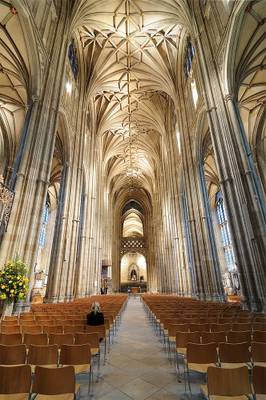
A small collection of shots from a recent trip to Canterbury. I did post these, but wasn't happy with the post work so went back and did them again....
Thanks to all Phoide contributors to Canterbury!
Most notably Andrey Sulitskiy and Alan Taylor.
